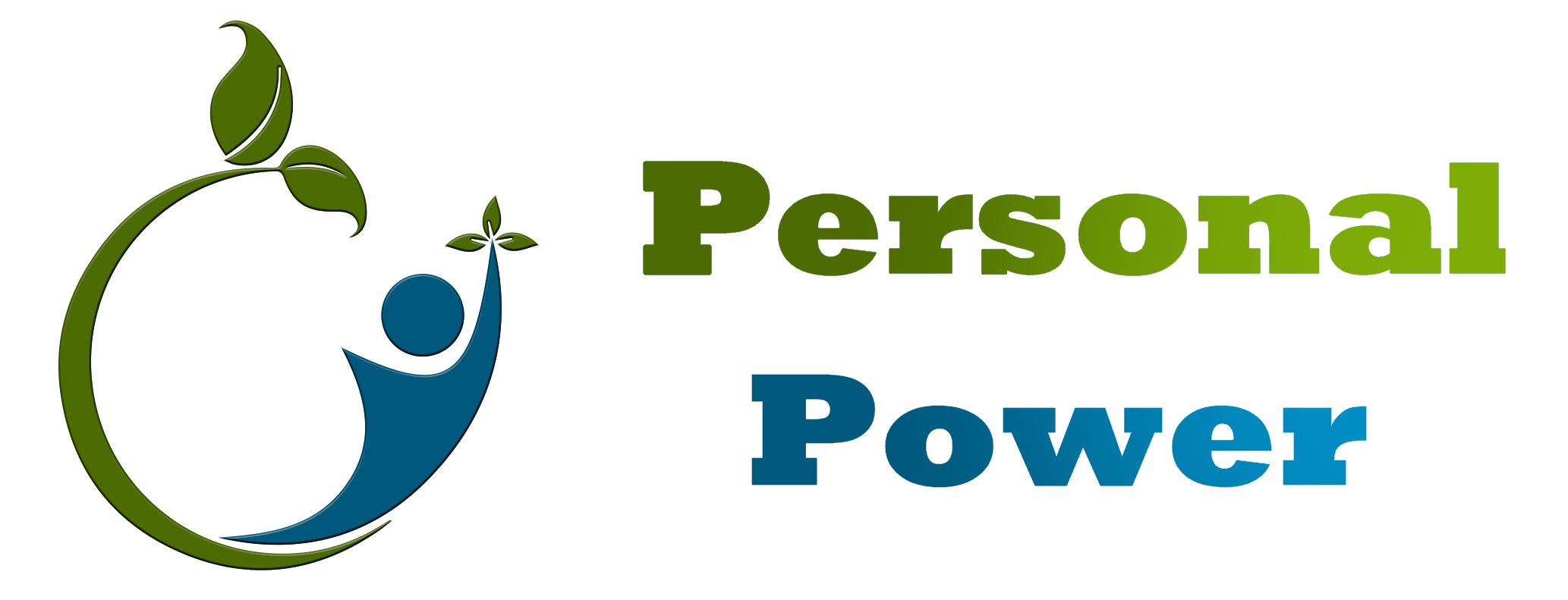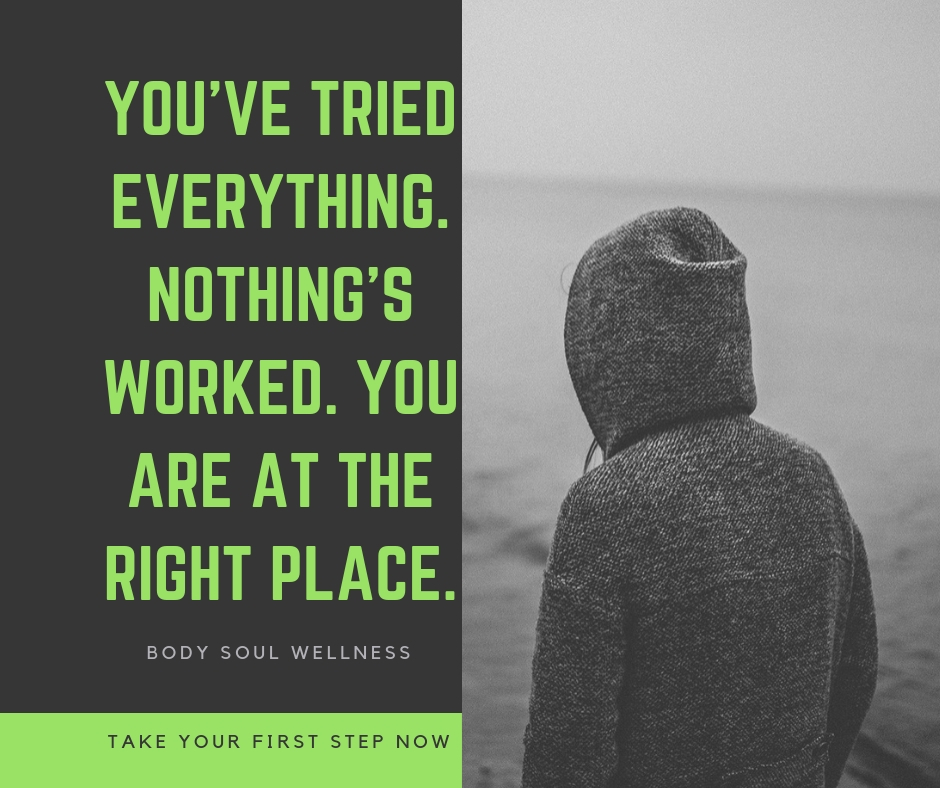Ayurveda Uses and Health Benefits
Known as an ancient healing system originating in India, Ayurveda is a holistic medical system that focuses on a spiritual way of life. Highly individualized, the Ayurveda treatment can incorporate a wide variety of methods such as changes in diet, exercise, herbal therapy, massage, and meditation.
History
Written between the second and fourth centuries, the first recorded book of Ayurveda is believed to be based on an older oral tradition. Focusing most of its attention on digestion, the book discusses all the principles of Ayurveda. Ayurveda tradition influenced the development of traditional Chinese medicine, which served to further the development of Ayurveda.
The Principles
Ayurveda states that the body contains three forces known as the tri-dosha. The dosha are vata, pitta, and kapha and work in unison. It is said that each person is dominated by one of these dosha. Other aspects of the body that Ayurveda considers are 5 sub-dosha, 7 tissues, 4 states of agni, and 14 body systems.
The principle of Ayurveda is that all of these body systems must be working in balance in order for the body to be healthy. It is believed that disease occurs in the body when one or more of these systems is out of balance. For example, excessive kapha is said to cause people to suffer from obesity.
The Practice
Ayurveda does not only focus on the physical health of a person but also the emotional, mental, and spiritual wellness in order to obtain perfect health and to treat and prevent disease. The path to healing is specific to an individual, as each person’s body is unique and may respond in different ways.
Diet is one of the basic principles in Ayurveda, and is used as one of the primary methods of healing. It is believed that different foods strengthen or weaken different dosha; therefore, people are prescribed a specific diet according to their personal needs. This differs from our usual approach to food where we categorize foods as healthy or unhealthy. In Ayurveda, a specific food may be healthy for one person unhealthy for another.
Herbs are also used in Ayurveda in the same way. Herbs that balance one person’s body may create imbalance in someone else.
Scientific Evidence
We are all individuals. It makes sense that our medical treatments should be individualized, but modern medicine is grounded in protocols that treat people as a similar group rather than individual parts. Ayurveda treatment is grounded in the individual’s reality.
Since the treatments are so highly individualized it is challenging to find scientific measurements to provide proof for the theories of Ayurveda. Although Ayurveda as a whole is somewhat lacking in scientific proof, the herbal remedies have been studied in several trials and were shown to improve heath dramatically.
Uses and Benefits
Ayurveda focuses more on preventing diseases rather than curing them. Treatments are not given to the ailments, but to the body as a whole. Ayurveda is used to eliminate toxins from the body and create a natural balance to reach optimal health. Ayurveda is not a treatment for disease, but is a way of life thought to further the prevention of disease. Here are a few of the benefits of practicing Ayurveda:
- Treat Respiratory problems – Studies have shown that using Ayurveda can help address respiratory issues that accompany colds and flus.
- Improve circulation – Treatments such as the use of essential oils or massage help to relax your body and herbal treatments help improve blood flow as well as oxygen distribution throughout the entire body.
- Skin issues – Bloodletting by use of leaches or needles has been shown to help with issues such as acne, eczema, and skin blemishes.
- Relaxation benefits – Treatments such as medicated baths or massage help with the relaxation of the mind and body. Along with relieving stress, these treatments are said to help balance and heal one’s mental state.
Research is ongoing when it comes to the treatments used in Ayurveda. Even though a robust body of scientific proof is not available, those who have used the practice rely on their own experiences as the evidence of its validity.
For more information, see the resources available on the internet.

